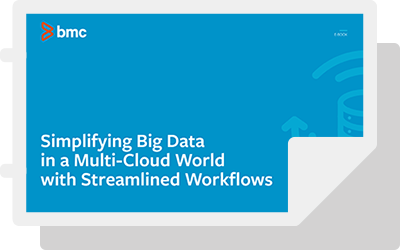When I think about the Internet of Things (IoT), a lot comes to mind. Most certainly, all the connected devices I own. I recently moved to a new house; and the prior owner left the washer and dryer behind. Soon after we moved in, we started having issues with the washer. I found the manual for it online and noticed that it said I could connect the machine to Wi-Fi. Then I could call a phone number, and after pressing a few buttons on the machine, it would “talk” to the computer that answered the phone call to help troubleshoot my specific issue, based on feedback from IoT sensors.
Depending on the information gathered, they could either help me fix the problem over the phone. Or if needed, a technician would be sent with the parts required. When I was reading the manual, I realized I didn’t even notice the Wi-Fi symbol on the machine. I ended up fixing the issue quickly on my own (nearly clogged water inlet filter). But, it’s great to know that next time I have a problem, I can press a couple of buttons and get an expedited solution. Count me in!
Businesses can leverage IoT in different ways. One, is to improve customer experiences. With the washer example I just mentioned, customers don’t have to spend 30 minutes on one, two, or even three or more calls (we’ve all been there) trying to resolve an issue. I also recently had an experience with my internet/cable provider (yes, I’m old school). The cable suddenly went out, and none of the TVs in the house could access programming. I was dreading having to call my provider. But when I did, I was connected to someone almost immediately and within three minutes they explained the problem and reset the system. All they had to do was check the information coming from my device’s IoT sensors. Just like that, everything was back up and running. I was amazed at how easy the process was, and I share this experience any chance I get. They turned a problem into a good experience, and as a result, gained a loyal customer. Of course, I would prefer that my digital life never have any malfunctions. But I get it, we live in a complex world of machines and connections that sometimes malfunction. I feel like this is also IoT playing out in my daily life.
Companies can win financially with IoT, too. Take Navistar for example. They are a 100+ year-old transportation company, and it’s very likely you’ve interacted with their vehicles at one point or another. They recently implemented OnCommand Connection, a connected vehicle platform using IoT devices. Working with dozens of telematics providers and most any model truck, bus or engine, OnCommand Connection lets fleet providers monitor and manage vehicle health remotely. When a problem is detected, the platform proactively notifies drivers and routes them to nearby service centers where the parts they need are in inventory. They use Control-M, BMC’s application workflow orchestration solution, to power this program.
They have increased fleet uptime by 40% and have improved driver and mechanic efficiency. Imagine how valuable this could be to a fleet manager at a transportation company. Your vehicles have less down time and are on the road making money while keeping your drivers safe. By adopting IoT into its business, Navistar is still finding ways to evolve with the times while keeping their core products relevant.
IoT is all about data and connectivity. I think in the years to come, as more of the things in our everyday lives will be connected and generating data, we will all continue to see benefits that we can’t even imagine today!
BMC will be at the IoT World Conference in Santa Clara later this month. Drop by our booth to learn more about how application workflow orchestration can support your IoT projects. We hope to see you there!







